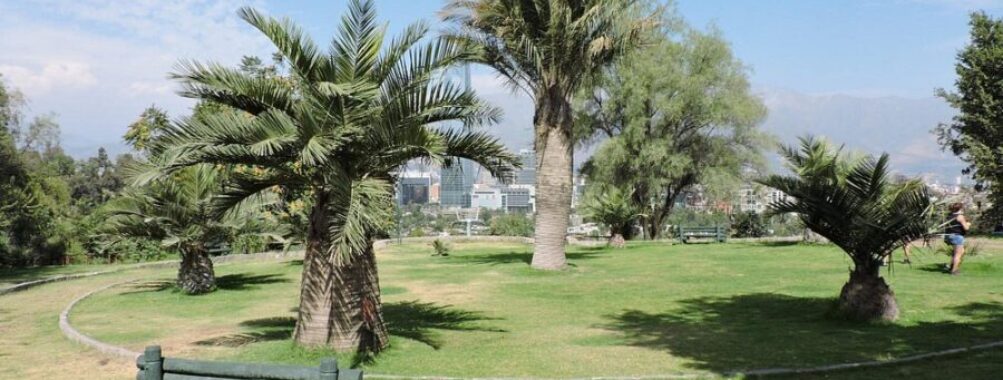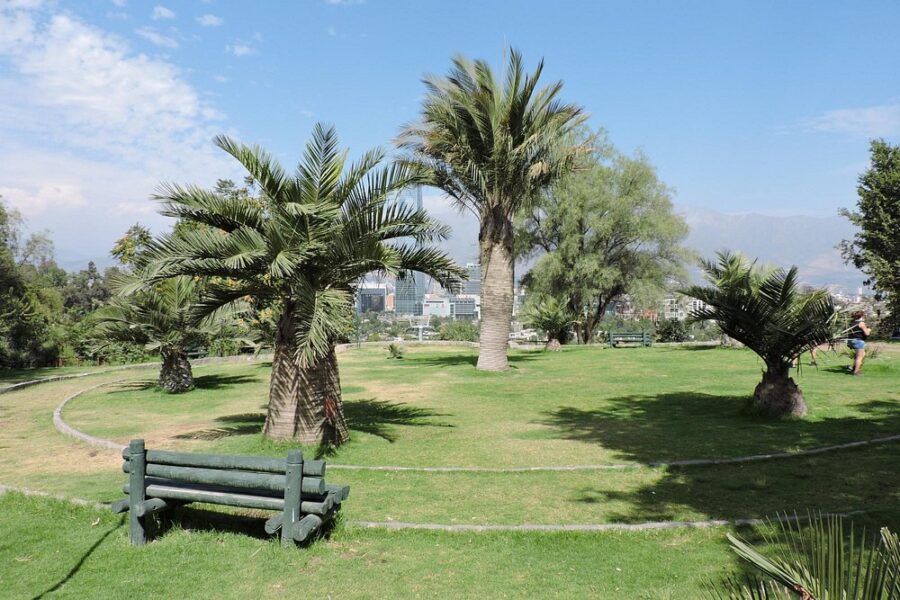
Jardín Mapulemu
Table of Contents
History and Significance

If you find yourself yearning for a quiet sanctuary that captures the essence of Chile’s rich natural and cultural heritage, Jardín Mapulemu is the kind of place that gently calls you in. Tucked away in the southern regions of Chile, this garden is more than just a botanical collection—it’s a living tribute to the Mapuche spirit and the country’s diverse ecosystems. Established as a cultural and natural preserve, Jardín Mapulemu honors the intersection of history, indigenous traditions, and environmental stewardship.
The garden’s name itself—Mapulemu—means “Land of the Flowers” in Mapudungun, the Mapuche language, signaling its deep roots in native heritage. It serves as a vital space for preserving native flora and educating visitors about the Mapuche worldview, which sees nature not just as a resource but as a respected part of life and community. Your visit here will feel like a step into a carefully woven narrative where botany meets culture, spirituality, and conservation.
It’s not just a garden but a cultural statement of rebirth and resilience, embodying centuries-old traditions alongside modern efforts to promote ecological balance and indigenous pride in Chile.
Main Attractions and Activities
When you arrive, prepare to be enveloped by the lush greenery and thoughtfully curated spaces that celebrate Chile’s rich biodiversity. The garden is divided into thematic zones that highlight native plants, forest ecosystems, and the traditional uses of herbs and medicinal plants in Mapuche culture.
Here’s what you’ll want to dive into as you wander:
-
Native Plant Collections: Explore sections showcasing Chilean endemic species, from towering arrayán trees to delicate fuchsias and rustic shrubs. Each plant is accompanied by informative plaques, some sharing Mapuche names and traditional uses.
-
Medicinal Herb Garden: This area is an immersive journey through Mapuche ethnobotany, featuring plants used for healing, rituals, and daily life. You’ll get to see chamomile, matico, and boldo, among others, with explanations of how they’ve sustained communities for generations.
-
Sacred Spaces: The garden includes areas designed to evoke spiritual reflection—small clearings with stone arrangements or water features inspired by Mapuche sacred sites. These spots invite you to pause, breathe, and feel the garden’s deeper connection to nature’s rhythms.
-
Walking Trails: Gentle paths meander through native forest fragments and open glades, offering panoramic views of the surrounding southern Chilean landscape, with casual seating and spots ideal for birdwatching.
-
Outdoor Workshops and Cultural Events: Depending on when you visit, you might catch traditional craft demonstrations, Mapuche music performances, or guided tours led by locals that deepen your understanding of indigenous culture and environmental wisdom.
Visitor Experience
Visiting Jardín Mapulemu feels akin to discovering a peaceful sanctuary where nature and ancestral spirit harmonize. I remember stepping under the canopy of endemic trees, the cool southern air scented with pine and wildflowers, and feeling instantly calmed—a natural reset from everyday noise.
The garden’s layout encourages slow strolling, allowing you to savor each plant, listen for birdsong, and engage with displays that speak not just to your eyes but to your heart. The educational components don’t overwhelm with jargon but reveal the interconnectedness of plants, people, and the land in an intuitive way.
It’s an experience that appeals widely—from nature lovers and gardeners to culture seekers and families looking for a meaningful day out. The quiet beauty combined with cultural storytelling makes it feel like you’re not just passing through but entering a shared conversation with the land and its original caretakers.
Tips for Visitors
To make the most of your visit to Jardín Mapulemu, here are a few pointers:
-
Go during spring or early summer: That’s when the garden bursts with colors and the plant life is most vibrant.
-
Wear comfortable walking shoes: The paths are generally well-maintained but can include natural terrain.
-
Bring a camera or sketchbook: You’ll find endless inspiration among flowers, trees, and cultural displays.
-
Book a guided tour if available: Local guides add invaluable insight, weaving traditional stories with botanical facts.
-
Bring water and sun protection: The garden offers shaded areas, but sunny spots abound.
-
Be respectful: Remember this garden holds cultural meaning for the Mapuche people and is a place of contemplation.
-
Check the event calendar: Look out for workshops or performances that might coincide with your visit.
-
Combine your visit with nearby natural landmarks or cultural sites to deepen your Chilean southern adventure.
Accessibility and Facilities
Jardín Mapulemu caters well to a variety of visitors, with well-marked paths that are mostly gentle and accessible for most walkers. While some natural terrain limits fully wheelchair-accessible routes, the main sections ensure that those with limited mobility can still enjoy much of the garden’s beauty.
Basic facilities include rest areas with benches, informational signage, and clean restrooms near the entrance. There is a small visitor center that might offer maps, souvenirs, and refreshments.
Parking is available on-site, and though public transport options are limited in the more rural setting, taxis or arranged tours to the garden are common.
Unique Features
The jewel in Jardín Mapulemu’s crown is its authentic integration of Mapuche culture with ecological preservation—a feature rare in many botanical gardens worldwide. The garden is not merely decorative but educative, inviting visitors into the heart of indigenous worldviews about plants, earth, and healing.
Another standout is its focus on native species endemic to Chile’s southern regions. Unlike many botanical gardens featuring exotics, this one embraces local biodiversity, spotlighting species you likely won’t encounter elsewhere.
The cultural workshops and traditional performances offer a living connection, transforming your visit from observation to participation.
Lastly, the garden’s setting amid the stunning landscapes of southern Chile adds layers of natural beauty and tranquility, making it a naturally rejuvenating stop.
Overall Impressions
Jardín Mapulemu leaves you with a sense of calm, reverence, and cultural enrichment. It’s the kind of place that invites you to slow down, reflect, and reconnect—not just with nature but with the stories and wisdom of indigenous cultures that have nurtured the land for centuries.
The garden feels like a delicate balance of conservation and cultural heritage, offering lessons in humility and care for the living world around us. Whether you’re a casual visitor or a dedicated plant lover, the experience resonates quietly yet profoundly.
Pros and Cons
Pros:
-
Deep cultural connection with Mapuche heritage
-
Focus on Chilean native and endemic plant species
-
Beautiful, tranquil natural setting ideal for reflection
-
Educational workshops and cultural performances enrich visits
-
Well-maintained paths and visitor facilities
-
Authentic storytelling blending nature and indigenous wisdom
Cons:
-
Accessibility might be limited on some natural trails
-
Visitor facilities are basic compared to large urban gardens
-
Location can be remote, requiring planning for transport
-
Limited signage in languages other than Spanish may challenge some visitors
-
Weather-dependent experience with some outdoor areas exposed
Location
Places to Stay Near Jardín Mapulemu
Find and Book a Tour
Explore More Travel Guides
No reviews found! Be the first to review!